Microphone measurement and sound check
First of all, we can also measure the frequency range of the microphone to accommodate the feedback of the readers. For this we use our measuring room again, but we virtually reverse the process. Of course, a true reciprocity calibration as a starting point exceeds our current possibilities and the effort far exceeds the benefits. That is why we have sought a compromise.
However, since we have a calibrated measuring microphone, a comparison measurement and the calculation of the differences can at least produce a curve that is easily usable for our purpose. So it is not the exact frequency response of the microphone, we would not presume that, but a meaningful approximation, which also underpins our subjective impression.
The low cut at 100 Hz is measurable, with quite steep edge. Well done, because as a rump filter this is very suitable. However, the upper range ends at approx. 8 KHz before the total crash occurs. It is also interesting that Sennheiser correctly states the manufacturer’s specifications this time and that the USB dongle is designed in such a way that only a 16-bit mono signal arrives. That’s enough for a crystal clear rendition, which of course doesn’t offer studio quality.
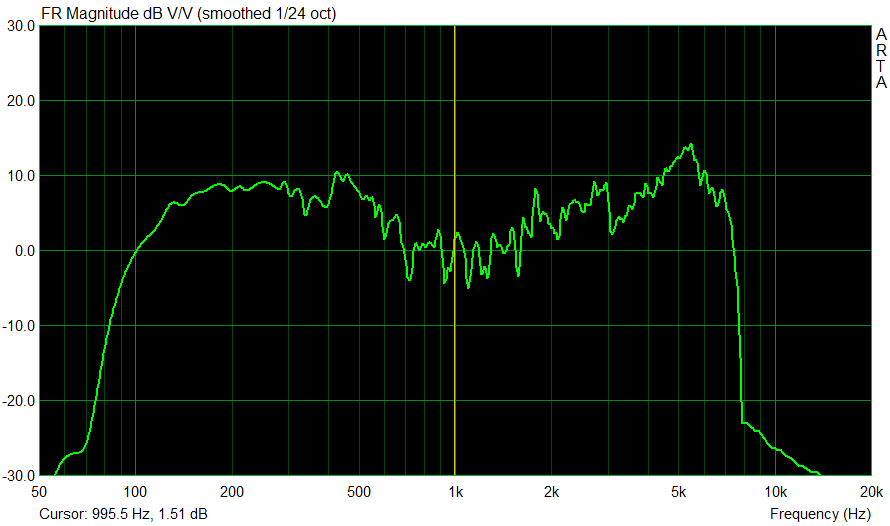
The level is quite high and it hardly rushes. This does not stand in the way of a proper transmission, because the comprehensibility is also good to very good in the test with Teamspeak.
Sennheiser GSP 670
Condenser microphone (the t.bone)
The comparison shows very clearly how well (or how much better) you can also use a neat table microphone for approx. 100 Euros when it comes to true-to-life voice reproduction. The t.bone is an acceptable and very level-resistant vocal microphone, which is also available with USB connection. Whether you really need the full frequency range in chat and in the game, however, is a matter of now. Because you don’t play radio station, but Shooter & Co.
Headphone measurement
As we test, we have already explained in the basic article “Gaming Headsets: Myth, Truth and How we Test” very detailed and transparent, because with the usual audio-swirl of bass thunderstorms and high-pitched whips you can’t really get any further. You have to be able to listen subjectively well and measure at the same time. Let us start with the latter.
Let’s move on to measuring the quality of the headphones. I have again normalized the frequency curve at 1 KHz to 0 dB, so that on the one hand one can evaluate the overall course with all encores and frequency waste and on the other hand not completely loses the possibility of comparison to previous measurements. But it is still different, because the smoothing (1/1 octave) is supplemented by the almost unsmoothed representation (1/24 octave). Of course, all of this looks much more “hilarious”, but also fits much better with reality. Because one thing is also clear: it does not exist, the ideal curve.
But let’s start with the smoothed curve, because it’s easier to explain. What we see is not a typical bathtub, which in principle pleases. The peak at approx. However, 1.4 KHz is a bit too pronounced and interferes with the music playback. In gaming, surprisingly, this isn’t even a disadvantage, and without correction you even have a subjectively perceived bigger stage.
This in turn shows that mechanical sounding has been designed for the gamer rather than for gangsta rap-obsessed bass fetishists. However, the headset can also be really good bass, even in raven black and quite precise, but you have to help a little if necessary. The level strength is even quite good for a wireless headset, whereby the maximum output power cannot fully utilize the power of the drivers due to design.
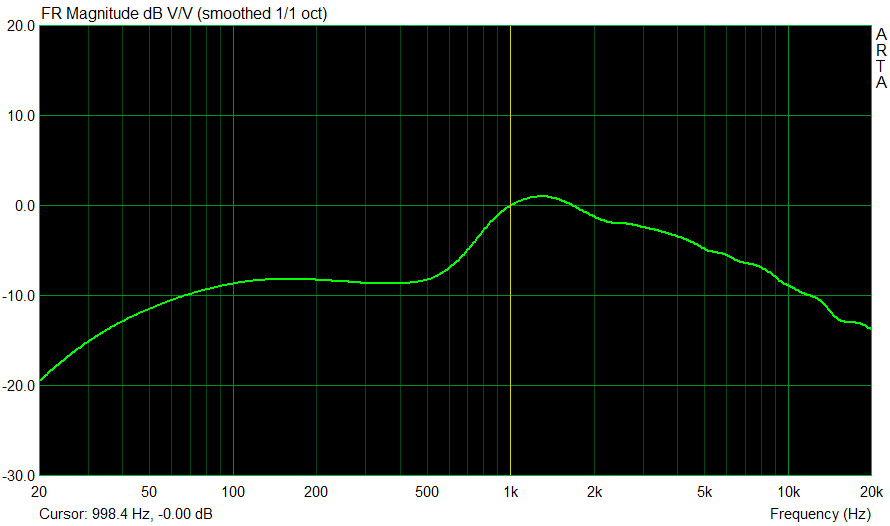
Now let’s put aside the PR-compatible display and look at the unsmoothed curve. Of course, the “only” semi-professional measuring equipment also plays a role here, but nevertheless the measured is very similar here as well. We can see here once again more clearly that the rather mid- and height-heavy design of the headset is intended for e-sports.
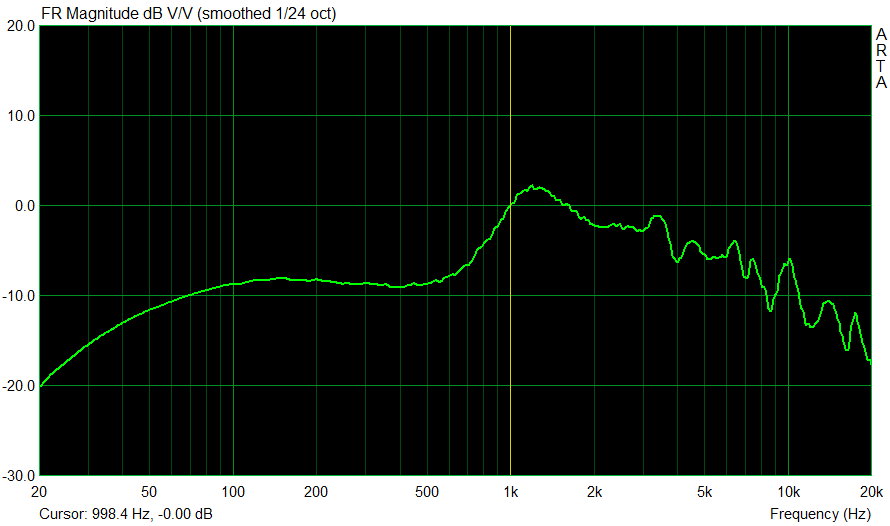
But here, too, the manufacturer’s information on the data sheet has been made very consciously without specifying the tolerance range. Sennheiser has to accept this criticism again. Even the one with the 112 dB SPL (yes to what?) is actually completely pointless without specifying a reference like (1 mW or 1 volt RMS). Especially since it obviously only refers to the drivers and leaves the chip completely out of the way for control.
By the way, with the supplied software (currently only when operating with dongle), you can also use the equalizer effectively to make the peak disappear almost completely at a good 1 KHz:
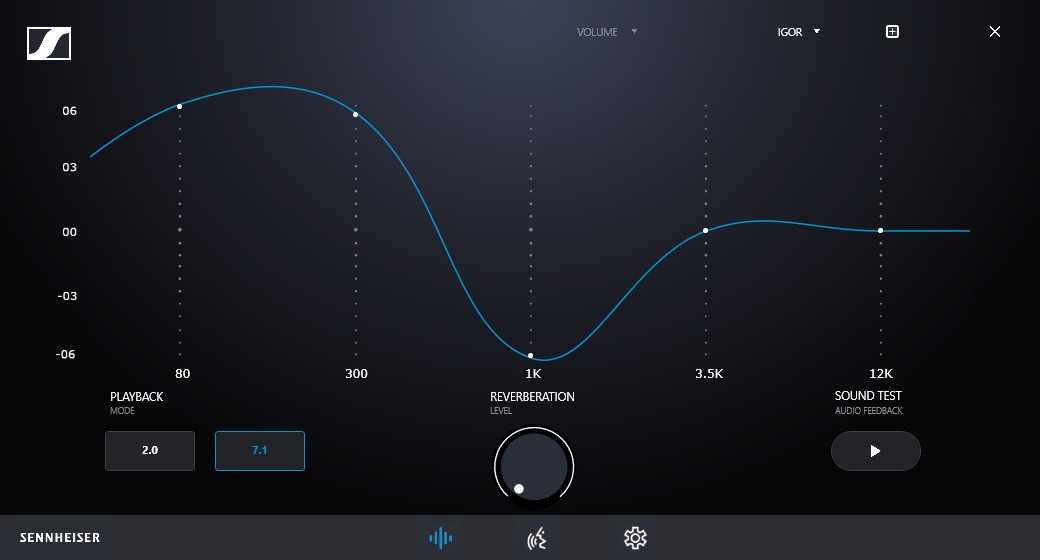
What is now happening is almost neutral and then really sounds like that in reality.
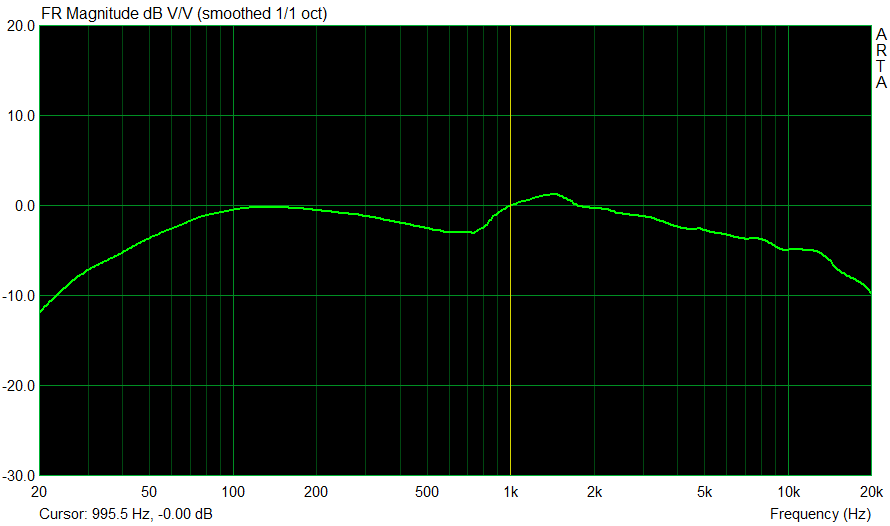
Cumulative Spectra (CSD and SFT)
The cumulative spectrum denotes different types of diagrams that show time-frequency properties of the signal. They are generated by successive application of the Fourier transformation and suitable windows to overlapping signal blocks. These analyses are based on the frequency response diagram already shown above, but also contain the element time and now show as a 3D graphic (“waterfall”) very clearly how the frequency response develops over time after the input signal stopped. In colloquial terms, such a thing is also called “end” or “swingout”.
Normally, the driver should also stop as fast as possible after the input signal has been dropped. However, some frequencies (or even entire frequency ranges) will always subside slowly and then continue to appear in this chart as longer-lasting frequencies on the timeline. This is a good way to see where the driver has glaring weaknesses, perhaps even “squealing” or where, in the worst case, resonances may occur and disturb the overall picture.
I will now test two types of cumulative spectrum:
Cumulative Spectral Decay (CSD)
Cumulative spectral decay (CSD) uses the FFT and a modified rectangular window to analyze the spectral drop of the pulse response. It is mainly used to analyze the speaker response. The CSD typically uses only a small FFT block shift (2-10 samples) to make resonances more visible throughout the frequency range, making it a useful tool for detecting the resonant of the converter.
The picture shows very nicely the exemplary settling behavior and the rather subdued bass resonances. However, the membrane vibrates at approx. 3.7 KHz something, which I don’t find disturbing. The whole high pitch is free of larger peaks and looks very tidy and balanced. You hear that and it’s really a treat.
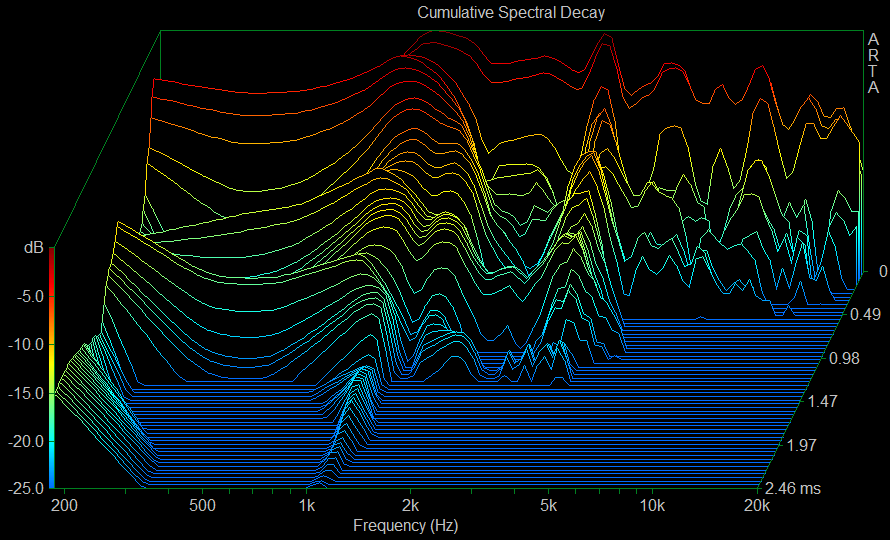
What can also be seen very nicely is the almost latency-free use of the drivers when creating an impulse, which in fact can hardly be measured. Whether I connected the headset directly via USB or worked wirelessly with the GSA70 dongle, the differences are in the range of possible measurement tolerances.
Short-time Fourier Transform (STF)
The Short-Time Fourier Transformation (STF) uses the FFT and Hanning windows to analyze the time-varying spectrum of recorded signals. In general, a larger block shift (1/4 to 1/2 of the FFT length) is used to analyze a larger part of the time-variable signal spectrum, whereby one gets closer to the fields of application such as language and music.
In the STF spectrum, we now also see very nicely the work of the drivers, who in some frequency ranges can afford only very small weaknesses. This “re-tracking” at some frequencies (1.2 KHz, 3.7 KHz) is repeated as with the GSP 600. The rest is precise and good, though not ultimately outstanding. The different readings compared to the GSP 600 can certainly be explained by the other placement of both capsules with additional components (batteries, other circuit boards).
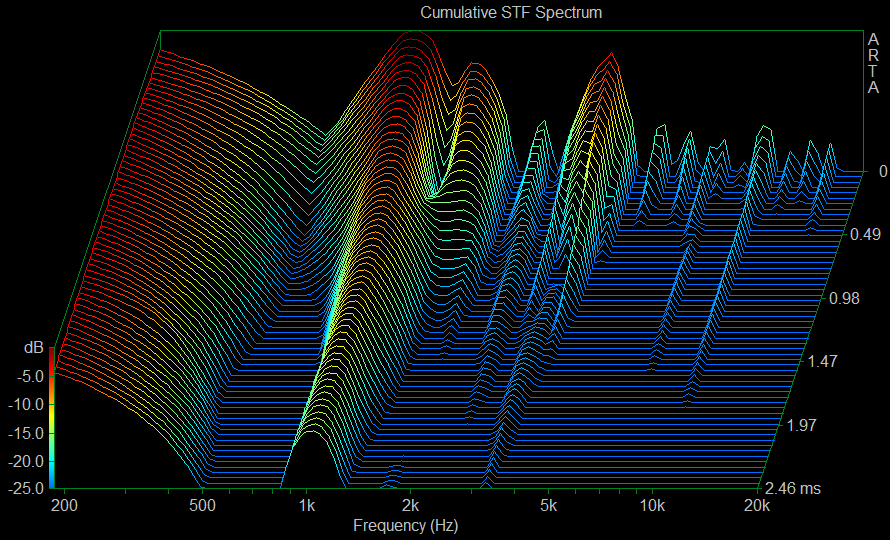
Subjective listening experience
Now let’s test subjectively what you get offered in the original. However, I connected the headset to the USB beforehand, as always, locked in the measuring room for almost 5 days and tormented with a selected sound loop to scrub up operating hours. What not to do for our die-hard play fanatics among readers 🙂
Bass
Test the lowest bass in the subcontraoctave (16.4 Hz to 32.7 Hz) with a recording of Bach’s Toccata and Fugue in D minor (19 and 25 Hz) and the Festival Overture 1812 by Tchaikovsky (10 Hz and 12.5 Hz). The same applies to the lower ranges of the contraoctothe (32.7 to 65.4 Hz). The big bass drum (kick drum), which in the U-music is a welcome companion and usually on approx. 55 to 60 Hz, this assessment will then be rounded off.
The original bass is clean, precise, crisp and in some situations really raven black, but unfortunately also something to behave for the audiophile music lover. But you can raise the whole range below 800 Hz again without losing the level strength. So you can make the GSP 600 mutate into a bass bomber, if you think you need it. The EQ is included in the software and also helps with this.
But just as the bass still appears in the original, that’s fine. Especially when it comes to gaming. However, as an organ lover, you only get the subcontraoctave on your ear if you add at least 6 dB to it. But then the GSP 670 also crumbles deep- So there’s always the question of what you really want to hear with the headset. It’s possible to do both gaming and music.
The upper bass up to 150 Hz, in which also the Great Octave (65.4 to 130.8 Hz) is located, houses the basic language frequency of the male voice and decides very strongly on the true-to-life reproduction of male vocals.
Male vowels seem to be a bit restrained and it is also true for the bass. For gaming, the original sound is perfectly fine, because every impact comes to the ear cleanly and does not overlubricate the rest of the soundscape. Otherwise, in the range of 125 Hz, you can still enjoy approx. 3 give dB more to spice up the fullness in the upper bass. You can do it, but you don’t have to.
Frequency range
The lower middles (also basic tone range) are approx. 150 to 400 Hz. Together with the already mentioned upper bass, this area plays a very important role for the subjectively perceived heat or bass. Fullness of the sound. The basic language frequency of female voices can be found in this area.
Female vocals also sag slightly, but don’t go under. Good, on the other hand, is the precision with which one is directed from the upper bass to the lower middle. This remains quite constant and leaves no holes. The abundance is almost enough and if you like to tune it a bit warmer, you also add 2 to 3 dB. Here you can really choose between cool rendition and homely feel-good ambience. The gamer of the world naturally prefers the ice compartment. However, these nuances are difficult to implement with the somewhat too rough equalizer of the software and it takes until you have found the right settings.
The upper mids between 400 Hz and about two KHz contain a mark at a KHz, which is still considered a reference for many measurements. Unfortunately, this is often noticeable with cheaper devices, as manufacturers often try to overemphasize this frequency. This area does not play an insignificant role in gaming either, and balanced playback contributes significantly to good spatial resolution.
All this becomes more concise, clearer, and yet remains sufficiently precise and differentiated. The depth staggering is very good and you can see why a good stereo headset doesn’t necessarily have to stink when locating compared to virtual 7.1 spiritism. The sources can still be located sufficiently well even at high levels, whether there is a rumbling from below or not. So far, this has been a very peaceful coexistence of the individual frequency ranges and not a private petty war in the earcup.
The peak already indicated reaches into the high tone and is really a matter of taste. Gamers will like it, music lovers rather less. But as already mentioned several times: use EQ and it fits again.
High-pitched range
Between two and about 3.5 KHz, human hearing is most sensitive, especially since this area of the lower heights is responsible for the good overtone reproduction of the human voice. This frequency range is crucial for the recognition of a voice or instrument; in this context, one also speaks of the respective timbre.
The voices have a high recognition value, the instruments too. What is called timbre is quite close to the original and the headset hardly makes any weaknesses here. The rather neutral interpretation in the upper area can please and it is really to be emphasized in the end. All of this has a harmonious effect in itself, without any allures or weaknesses.
The middle heights (3.5 to six KHz) decide on the sound or failure of the speech reproduction as a whole, because the S- and hissing (Sibilants) fall into this range. The upper heights then reach up to approx. ten KHz to move into the super high tone.
The Sibilants are there, though not exuberant. This pleases and prevents slipping into the metallic. Round, balanced and yet present – you don’t have to write more. The super high tone also pleases, because nothing goes under or tilts down. The strength of the headset is really in the range above approx. 800 Hz, which certainly plays a lot into the cards of a gamer. Nevertheless, the bass never completely goes under, but is a little further behind in the original vote in the priority list.
Summary and conclusion
The one with the price (RRP) of almost 350 euros is a (somewhat bitter) pill that you have to swallow first. But if you want to gamble unbound and wirelessly, all this still quite long, comfortable and above all also latency-free, you can be quite happy with such a GSP 670. The right wallet is provided. However, in return, the headset looks extremely durable, in no way cheap and is therefore certainly also suitable for long-term use. This is also underlined by the offer of interchangeable ear pads in the repurchase.
Whether the repair and spare parts service still works as perfectly after years as with certain competitors, however, will have to be proven and proven. Until then, the GSP 670 as a wireless variant of the also not bad GSP 600 can be attested that material selection, workmanship and finish (except for the software in continuous development) also operate at an extremely high level and that even the offered 7.1 surround solution as a software renderer masters everything a little better than most competitors.
I have denied the GSP 600 an explicit purchase tip because of the rather high price and the many alternatives, because you can recommend a good product and simply let the test results speak for themselves. If you can identify with it, you will buy something like this anyway and the rest will look for cheaper alternatives. In the case of the GSP 670, this is basically no different in terms of a purchase recommendation and yet in the wireless edition it is still the certain little kick that makes the part a really excellent hardware, in which then the price is no longer a role spi must be miserable.
After the latest firmware updates for headset and dongle, Sennheiser has also improved the mute of the receiving part, so that a newly attached signal is displayed smoothly and does not jump to the head. The time to switch off was also slightly extended, so that for certain sources with longer breaks or low levels so quickly no more annoying off-on loops (hysteresis). That sounds self-evident, but it is not. That’s why I verbally beat up some test candidates (quite rightly). Because something like this is hugely annoying, battery-backing back and forth.
Which brings the headset to the heart of all those who don’t like money and are not just looking for a good stereo headphone, but a kind of luxury gaming headset with the usual stylistic and functional features and a thick disc. Extra sausage on top. Because that’s where you’ve come.































Kommentieren